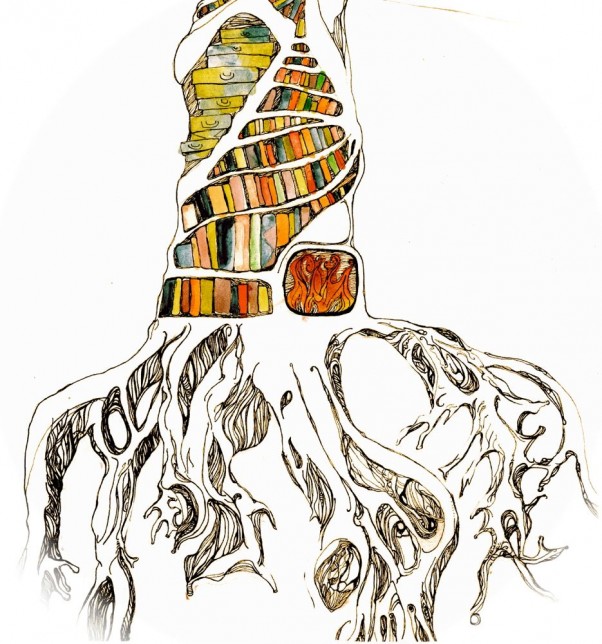‘the impetus for change and the influence of culture come from within, from a very deep source’
Coming to the women’s library I have found how deeply rooted and felt their values are in ‘taking this lifelong journey together in the spirit of collaboration and equal partnership’. What Aunt Esther said died in Thatcher’s Britain was that ‘we cared for each other. They were friendly and that meant a lot… they respected and helped each other’. Sheila Jeffreys commented, ‘everybody was involved in so many things, you know, so it was a different time, it was before Thatcher, there was such a thing as society then, there was the idea of collectivism and you got together to do something, it wasn’t all individualism, everybody wasn’t just atomised’ . That is to say that culture became focused on individuals competing and ‘jockeying for positions’ rather than collaborating and moving together.
“there was such a thing as society then, there was the idea of collectivism and you got together to do something”
Although Thatcher’s Britain was something before my time (and many of my generation have forgotten) I grew up in its shadow, with most institutions gearing us towards becoming ’experts’ at ‘competitive behavior’, whilst collaboration and co-operative organising moved further and further out. We all became amateurs at collaborating.
Mirroring the advice of Anaïs Nin, we have to look with open eyes for this reviving of collaboration. And although we must work at changing politics and the law, ‘That’s understood, that’s our duty’, it is necessary to see elsewhere the changes, and above all freedoms being created: ”the impetus for change and the influence of culture come from within, from a very deep source”
I have found Glasgow Women’s Library is genuinely practicing these ideas of collaboration and support, and is an example of a fluent and normalised collaborative working. It is clear that the development of this was never, ‘staged’ but grew ‘organically’ from ‘genuinely grassroots’ ideas, passions and collaborations. Adele Patrick commented that although the library stemmed from it’s ‘mothers’
‘it couldn’t have happened without the millions of hours of women volunteering their time, materials and energy’.
Nor would it have happened without the many books, paintings, music, recipes, zines, badges, sketchbooks, letters, film, clothing, ‘loved and valued’ by women and which now make up Glasgow Women’s Library’s main collection. The library’s environment enriched with donations of shelving, fire stoves, cushions, patchwork blankets, and tables. And the financial support which keeps the library growing. From its initial funding, linked in by a volunteer who knew ‘a small group who invested in projects that couldn’t get funding’, to the continual friends of the library and people who have been donating to the 10k run. Not to mention the women who are here daily and bring their own energy and richness to the atmosphere.
It seems to me that the Library has always grown, and continues to grow from a harmony of ‘ beautiful synchronicties’ as well as un-romanticise-able hard work and collaboration.

In Glasgow Women’s Library collection:
-Films by Jan Nimmo in the GWL Archive
-A Woman Speaks, Anaïs Nin
-Spare Rib August 1991, extract from Aunt Esther’s Story
-Interview with Sheila Jeffreys for the Badges of Honour project






